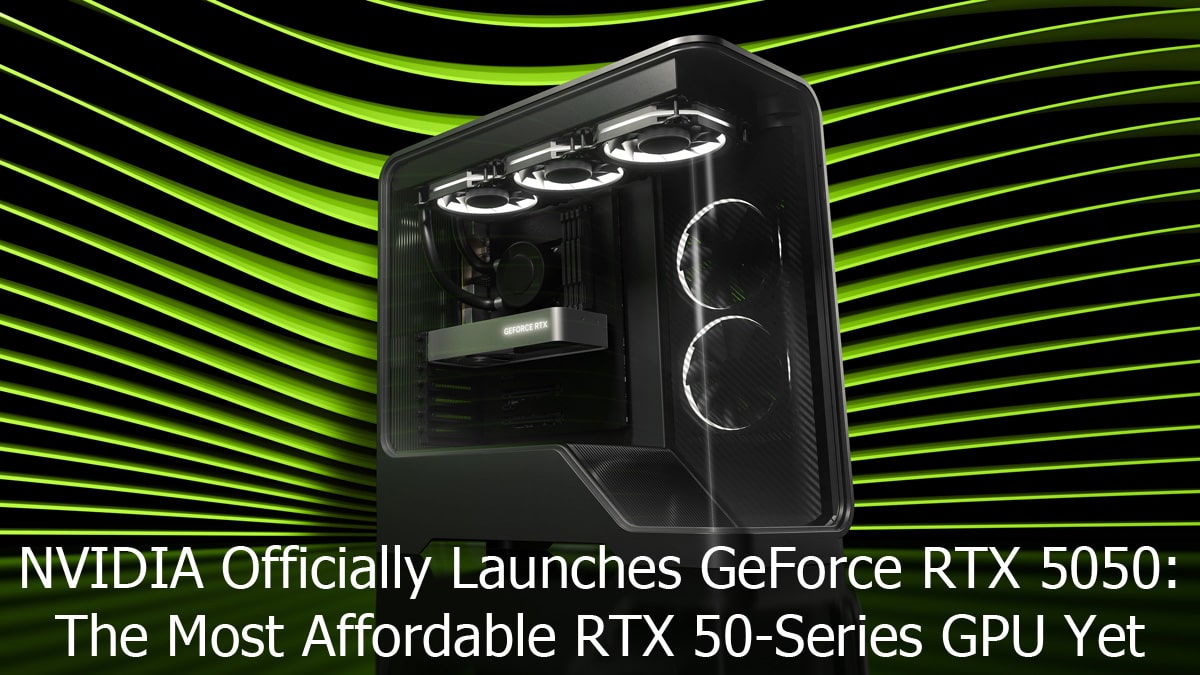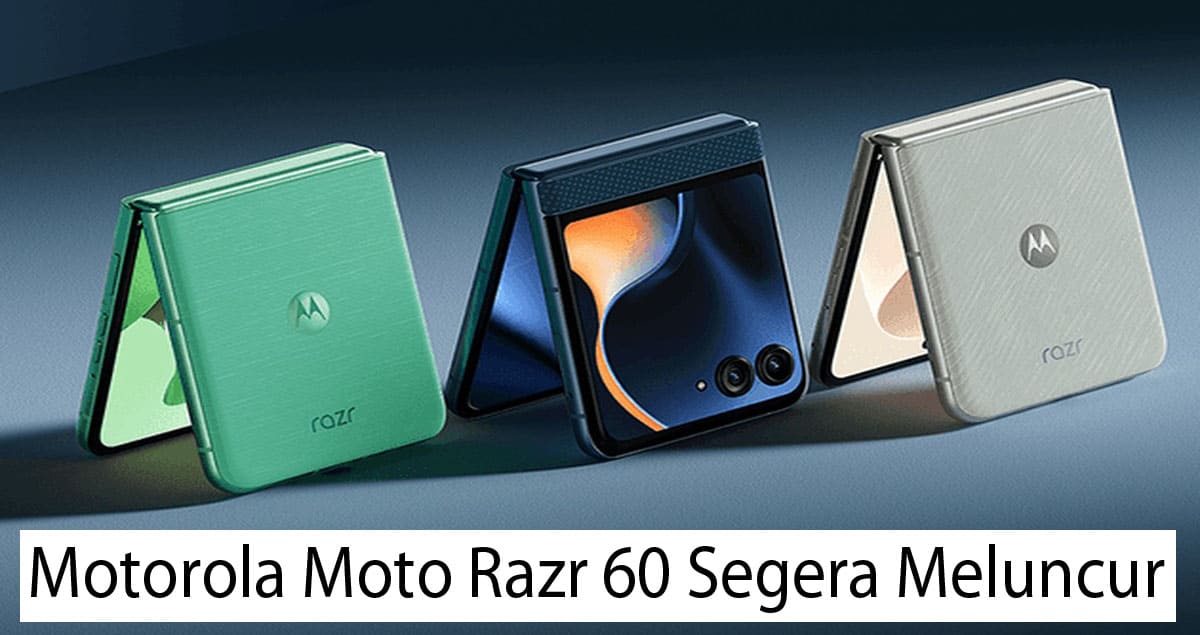June 2025: The GeForce RTX 5050, NVIDIA’s newest entry-level graphics card, has been officially announced. making it the most reasonably priced model in the RTX 50 series. With a suggested retail price of $249, the RTX 5050 brings cutting-edge GPU technologies such as ray tracing, DLSS 4, and AI acceleration to a broader audience — including gamers, content creators, and everyday PC users looking for next-generation performance without a premium price tag.
While it’s positioned as an entry-level GPU, the RTX 5050 is built on NVIDIA’s powerful Blackwell architecture, the same foundation that powers flagship models in the RTX 50 series. The card provides significant improvements over previous-generation RTX 30 and RTX 40 models in both raw performance and feature set, enabling advanced rendering, upscaling, and encoding capabilities at a much lower cost.
Powered by Blackwell Architecture: Entry-Level in Name Only
At its core, the RTX 5050 leverages the Blackwell GB207 GPU, equipped with 2,560 CUDA cores, 8GB of GDDR6 VRAM running at 20 Gbps, and a 128-bit memory bus capable of reaching 320 GB/s memory bandwidth. While most higher-end RTX 50 cards ship with GDDR7, NVIDIA has smartly opted for the more cost-effective GDDR6 here — helping reduce costs while still providing enough bandwidth for modern gaming and creative workloads.
The card has a TDP (Thermal Design Power) of 130W, indicating it will likely require a single 8-pin power connector and adequate airflow to sustain its boosted clock speeds. The increased TDP also means better performance compared to the 100W TDP of the previous-gen RTX 3050 6GB, which had fewer CUDA cores and lower memory bandwidth.
Key technologies supported by the RTX 5050 include:
- Ray Tracing Gen-4 for ultra-realistic lighting and reflections.
- DLSS 4 (Deep Learning Super Sampling), powered by fifth-generation Tensor Cores, offering better performance and visual quality via AI frame generation.
- Multi-Frame Generation, a newer feature in the RTX 50 series that uses AI to interpolate additional frames, drastically improving smoothness without added GPU workload.
- 9th-generation NVENC encoder and 6th-gen NVDEC decoder, improving livestreaming, video editing, and AI-enhanced workflows.
These innovations help push RTX 5050 performance well beyond what previous low-end cards could deliver.
A Step Up from RTX 3050 and Ideal for 1080p Gaming
Direct comparison of the RTX 5050 with the RTX 3050 6GB, which was released in early 2024, reveals advancements in every aspect. While the RTX 3050 featured only 6GB of VRAM, fewer cores, and older ray tracing engines, the RTX 5050 offers better specs and future-proof features.
| Feature | RTX 3050 6GB (2024) | RTX 5050 (2025) |
| CUDA Cores | ~2,048 – 2,560 | 2,560 |
| Memory | 6 GB GDDR6 | 8 GB GDDR6 @ 20 Gbps |
| Bus Width | 96-bit | 128-bit |
| Ray Tracing Gen | 2nd-gen | 4th-gen |
| DLSS Version | DLSS 2/3 | DLSS 4 |
| TDP | 100W | 130W |
In 1080p gaming scenarios, users can expect high frame rates in most modern games — with ultra settings — especially when DLSS 4 is enabled. Light 1440p gaming and video production operations in programs like Adobe Premiere, DaVinci Resolve, and Blender are also supported by the card.
Built for Gamers, Creators, and General Users
NVIDIA is marketing the RTX 5050 to a diverse audience. For gamers, it enables full DirectX 12 Ultimate support, ultra settings at 1080p, and real-time ray tracing — features that were once only accessible to higher-end GPUs.
Content creators benefit from the RTX 5050’s NVENC/NVDEC improvements, faster render times, and compatibility with NVIDIA Studio drivers. For independent digital illustrators, 3D designers, and video editors on a limited budget, this GPU becomes really useful.
Everyday users who need a GPU capable of multitasking, streaming, light editing, and modern PC gaming will also find value in this card. For web video and multimedia applications, the RTX 5050 is future-proof thanks to its complete support for AV1 encoding and decoding.
Ports, Compatibility, and Power Requirements
The RTX 5050 comes with full support for PCIe 5.0 x16, although it remains backward compatible with PCIe 4.0 and 3.0 motherboards. Display output support includes HDMI 2.1b and DisplayPort 2.1, allowing for high refresh rate gaming on 1080p and 1440p monitors.
While specific board partner designs will vary, most cards will feature a compact dual-fan design, require a single 8-pin power connector, and fit in mid-sized cases with standard airflow.
Release Date and Availability
According to NVIDIA and its partners, the GeForce RTX 5050 will be available globally starting mid-July 2025. It will be sold through AIB partners like ASUS, MSI, Gigabyte, and Zotac. Although the MSRP is $249, regional prices may vary due to taxes, import fees, and availability.
NVIDIA is also preparing to release RTX 5050 laptop variants, which have already passed product certification tests. It is anticipated that these mobile GPUs will make their appearance later in 2025, particularly in popular gaming laptops and notebooks targeted toward creators.
Final Thoughts
The GeForce RTX 5050 is shaping up to be one of the most important GPUs in NVIDIA’s recent history — not because of its raw power, but due to its balance of performance, features, and pricing. It brings premium technologies like DLSS 4 and ray tracing to the entry-level market, making it an excellent choice for first-time builders, students, and budget-conscious creators.
With Blackwell architecture, modern AI capabilities, and solid 1080p gaming performance, the RTX 5050 sets a new benchmark in the low-cost GPU segment.



